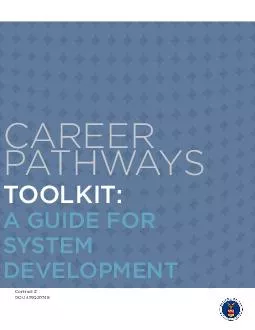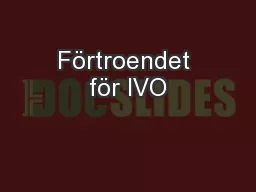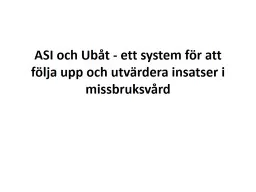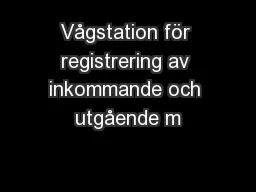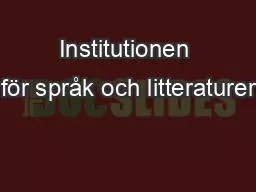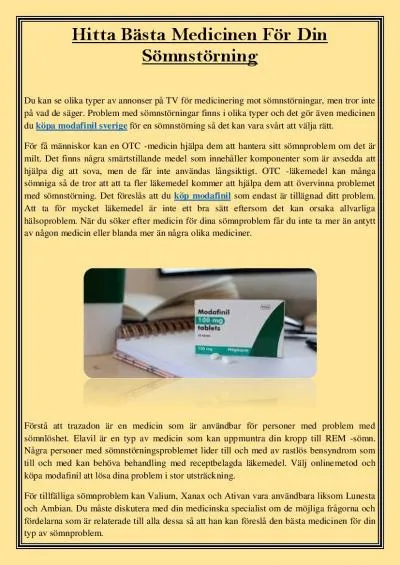PDF-A GUIDE FOR
Author : angelina | Published Date : 2021-10-01
CAREER PATHWAYSTOOLKITSYSTEM DEVELOPMENTContract DOL141RQ207482TABLE OF CONTENTSPreface1331331331331331331331331331331331331331331331331331331331331331331331331331331331331331331331331331331331331331
Presentation Embed Code
Download Presentation
Download Presentation The PPT/PDF document "A GUIDE FOR" is the property of its rightful owner. Permission is granted to download and print the materials on this website for personal, non-commercial use only, and to display it on your personal computer provided you do not modify the materials and that you retain all copyright notices contained in the materials. By downloading content from our website, you accept the terms of this agreement.
A GUIDE FOR: Transcript
Download Rules Of Document
"A GUIDE FOR"The content belongs to its owner. You may download and print it for personal use, without modification, and keep all copyright notices. By downloading, you agree to these terms.
Related Documents

